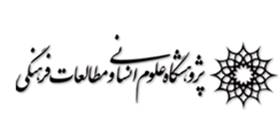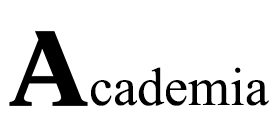The Relationship between Positive Emotional Styles with Life Expectancy and Mediation of Quality of Life in Older Men
Keywords:
Positive Meta-cognitive Styles, Life Expectancy, Quality of Life, ElderlyAbstract
Purpose: The purpose of the present study was to investigate the relationship between positive emotion styles with life expectancy and mediation of quality of life in male elderly. Methodology: This study was a descriptive-correlational study that aimed to investigate the mediating role of quality of life in the relationship between positive emotion styles and life expectancy in the elderly. The statistical population of this study included all elderly men over 60 years old in Neyshabour Welfare Office. The sample consisted of 132 elderly people who were selected through available sampling. Beck, Haffer & Scobler (2009), Schneider et al. (1991) Life Expectancy Questionnaire, and World Health Organization Quality of Life Questionnaire (1998) were used for data collection. Data were analyzed based on structural equations and correlation coefficient. Findings: The direct effect of positive emotion styles on life expectancy was 0.425 with a significance level of 0.008 and the indirect effect of positive emotion styles on life expectancy with respect to quality of life of the elderly was 0.404 and the corresponding significance level was It is less than 0.5, so the mediating role of quality of life is confirmed. The results of regression analysis and structural equations showed that there was a relationship between positive emotion styles with life expectancy and mediation of quality of life in male elderly. P≤ 0.001). The results also showed that the role of quality of life in the relationship between positive hyper-emotion style and hyper-interest with partial life expectancy was. (P ≤0.001) Conclusion: Based on the findings of this study, it is shown that extrasensory styles such as being pleasant, socializing, inhibiting and accepting change in quality of life increase in elderly men, which leads them to experience higher life expectancy.
















